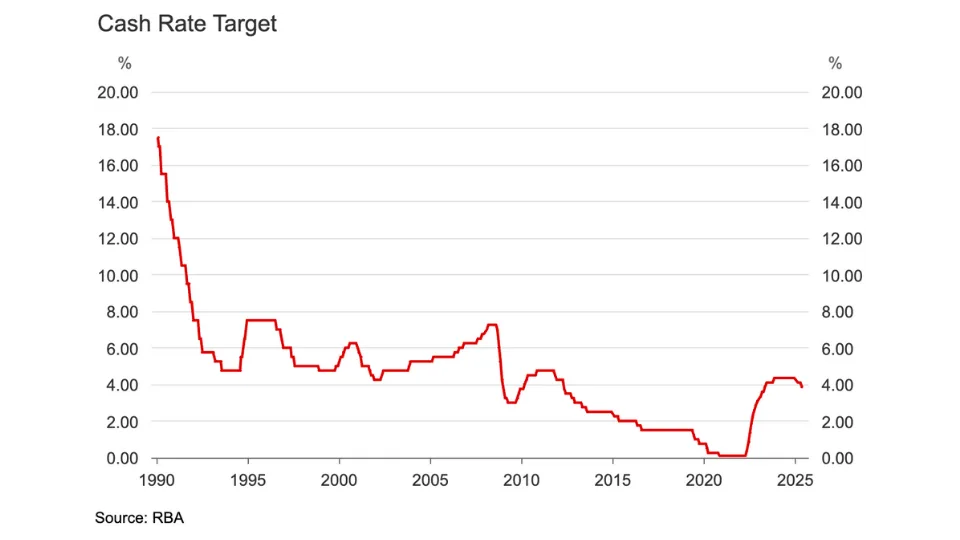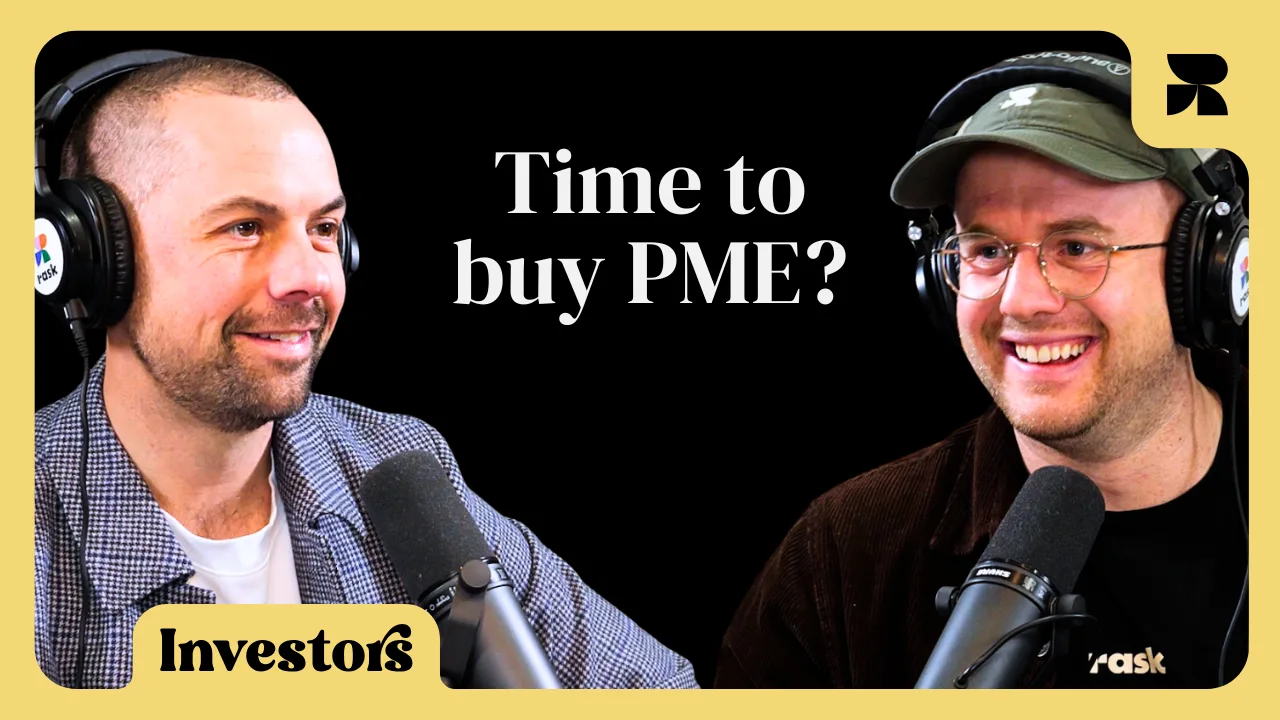Remember when buying your first home in your 20s was a “tick-the-box” milestone?
Buying your first home isn’t what it used to be. These days, it’s more of a marathon than a sprint. Prices are higher, priorities have shifted, and the path to home ownership in Australia looks a little different — but the dream is far from dead.
The first home buyer of today is older, savvier, and far more strategic. Here’s what’s changed, what’s stayed the same, and how the First Home Super Saver Scheme (FHSS) could give you a leg-up.
Why first home buyers are getting older
In 2024, the average first home buyer in Australia was 36 years old (UNSW research). That’s a big jump from a generation ago — and yes, soaring property prices have a lot to do with it. With the average Australian home costing nearly $977,000 (ABS, December 2023), saving a deposit takes longer, and some buyers are turning to creative strategies like using superannuation to buy a house.
Over the past two decades, national dwelling values have surged more than 400% (CoreLogic), while wages have grown far more slowly. A 20% deposit on today’s average $977,000 home? Close to $200,000 — and a lot more saving discipline.
Lifestyle choices also play a role. Many Australians are studying longer, travelling before settling down, paying off HECS/HELP debts into their 30s, and building investment portfolios before buying property. When they do buy, more are purchasing solo, pooling resources with friends or siblings, or using strategies like reinvesting and shared equity to get on the property ladder.
The FHSS Scheme explained
The First Home Super Saver Scheme was introduced in 2017 to help Australians save a deposit faster. It allows voluntary contributions into super, which can later be withdrawn (plus deemed earnings) to buy your first home. Over 51,500 Australians have already used it, with $819.1 million released — an average of $15,900 per person (ATO, 2024).
You can contribute up to $15,000 per year, and $50,000 in total, on top of your employer’s super guarantee. Contributions can be:
-
Concessional (pre-tax): via salary sacrifice, taxed at 15% going in
-
Non-concessional (after-tax): from income you’ve already paid tax on
When you withdraw, you can take 100% of voluntary non-concessional contributions, 85% of concessional contributions, plus any deemed earnings. Withdrawals are taxed at your marginal rate, minus a 30% offset — making the FHSS a tax-effective first home buyer strategy.
An example in action
Take Emma, a fictional 30-year-old graphic designer. She salary sacrifices $10,000 annually for three years. After super tax, that’s $25,500 in contributions. With deemed earnings, her FHSS total hits around $27,680.
When she withdraws, her marginal tax rate is 30%, and with the offset fully applied, she pays no extra tax. The result: a healthier deposit, faster, with tax savings and compounding interest along the way.
(Example only; check current ATO rules before making financial decisions.)
What to watch out for
The FHSS has a few caveats. There’s no separate FHSS account inside your super, so you’ll need to track contributions and request an ATO determination when ready to withdraw. If your tax rate at withdrawal is much higher than when you contributed, the offset may not fully make up the difference.
There are also deadlines. Once the ATO releases your FHSS funds, you have 12 months to sign a contract (or 90 days if you’ve already signed). Extensions are possible, but unused funds may need to be returned to super or taxed.
One lesser-known benefit is that FHSS withdrawals are excluded from certain income-related thresholds, including the Medicare levy, Division 293 income, child care subsidy tests, family tax benefits, and HELP repayment income. This can help keep taxable income lower in the withdrawal year — handy if you’re managing HECS/HELP debt.
Is it right for you?
The FHSS Scheme could be worth considering if you have a steady income, can salary sacrifice regularly, earn a high marginal tax rate, want to protect deposit savings, and are confident you’ll buy soon. It’s less suited to those with low or irregular income, uncertain timelines, or who need quick access to funds.
Today’s first home buyers are more strategic and adaptable than ever, navigating one of the toughest housing markets in decades. The FHSS Scheme isn’t a magic fix, but for the right person, it can bridge the deposit gap, reduce tax, and make buying your first home more achievable.
If you want to read more, check out our other article, about how the FHSS can benefit you. Access it here.
Ready to take the next step?
Pearler makes it easier to plan and invest for your future — including building that all-important first home deposit. With the right strategy, tools, and support, you could be unlocking your front door sooner than you think.
Start your first home savings plan by checking out Pearler today.










